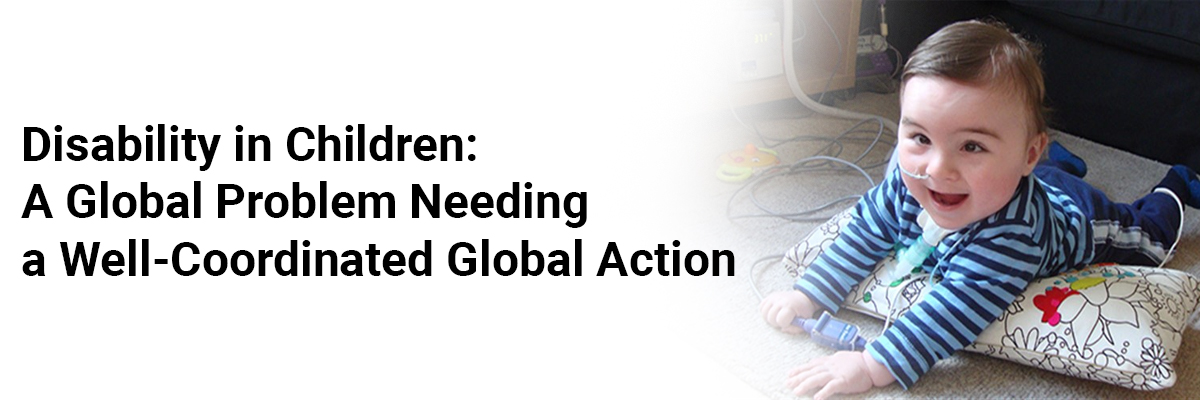
 IJCP Editorial Team
IJCP Editorial Team
Disability in children: a global problem needing a well-coordinated global action
Children with disabilities have more significant health needs and challenges accessing health care and education. Low-income and middle-income countries (LMICs) are aggravated by health care constraints and poverty. The newly implemented 2030 Agenda for Sustainable Development includes 17 Sustainable Development Goals (SDGs), which universally hold a deep promise for children with disabilities. As early child development (ECD) is the foundation of optimal human capital development, it is necessary to ensure the availability, accessibility, accommodation, affordability, and acceptability of the health care facilities and education in early childhood, with a principle of “leaving no one behind.” WHO, UNICEF, the UN, and the World Bank monitor and execute the strategy. Although UNICEF is officially designated as the sole custodian agency for monitoring SDG for ECD, the organization needs a closer collaboration with the WHO, the World Bank Group, and UNESCO in conceptualizing evidence-driven priority agenda. The WHO is more influential in the health sector among UN member states than any other agency and is more resourced to guide and deliver health-related early detection and intervention services (EDIS) wherever required. Countries with effective EDIS are likely to have fair enrolment, participation and retention of children with disabilities. UNESCO, as the lead agency for education globally, can provide the necessary long-term strategic vision for WHO–UNICEF-led ECD initiatives as exemplified in some developed countries. Without such an understanding and collaboration at the global level, the execution strategy may lose the sense of ownership for the outcomes among the target beneficiaries.
In a report published by UNICEF in November 2021, almost 240 million children aged 2–17 years are estimated to be disabled based on parent-reported functional deficits. The report establishes that children with disabilities are 34% more likely to be stunted, 25% more likely to be wasted, 24% less likely to receive early stimulation and responsive care, 25% less likely to attend early childhood education, 42% less likely to have foundational reading and numeracy skills, 49% more likely to have never attended school and 47% more likely to be out of primary school, compared with children without disabilities. In addition, a comparison of global estimates of under-five mortality and under-five disability suggests that globally, newborns are ten times more likely to be disabled than to die before their fifth birthday.
SOURCE- Olusanya BO, Halpern R, Cheung VG, et al. Disability in children: a global problem needing a well-coordinated global action. BMJ Paediatr Open. 2022;6(1):e001397. doi:10.1136/bmjpo-2021-001397.

IJCP Editorial Team
Comprising seasoned professionals and experts from the medical field, the IJCP editorial team is dedicated to delivering timely and accurate content and thriving to provide attention-grabbing information for the readers. What sets them apart are their diverse expertise, spanning academia, research, and clinical practice, and their dedication to upholding the highest standards of quality and integrity. With a wealth of experience and a commitment to excellence, the IJCP editorial team strives to provide valuable perspectives, the latest trends, and in-depth analyses across various medical domains, all in a way that keeps you interested and engaged.




















Please login to comment on this article